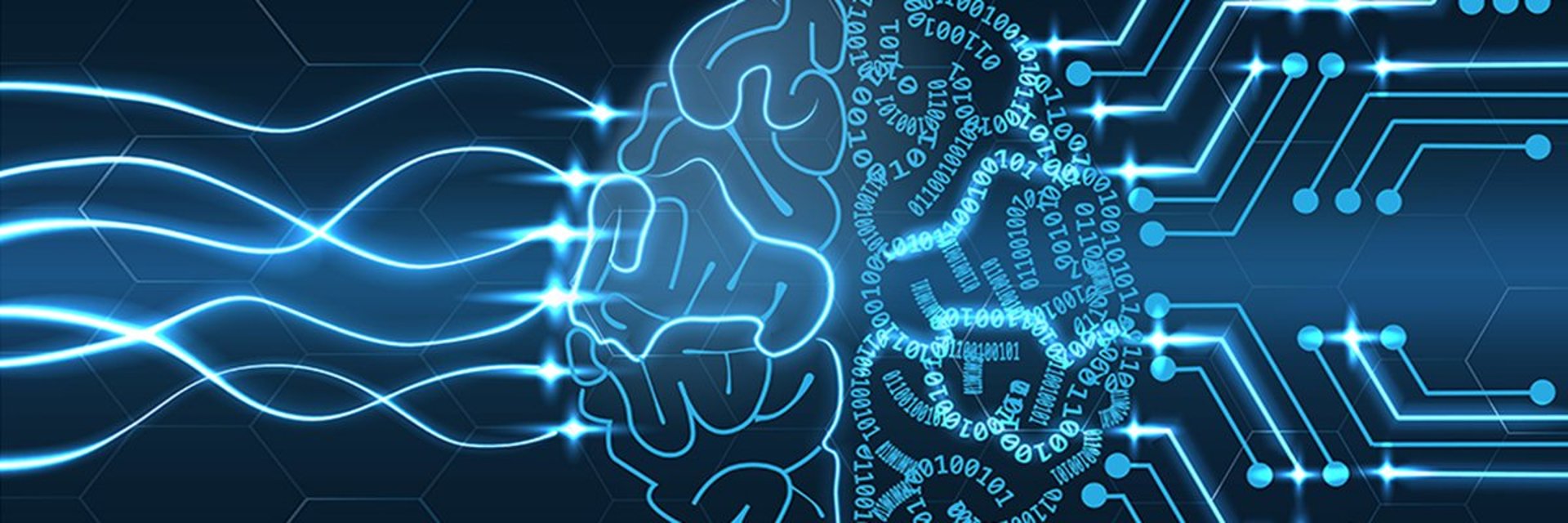
AI and Translation: Opportunity or Threat?
Discover the opportunities and threats associated with AI in translation as we explore the advantages of AI-driven tools, the limitations they face, and the role of human translators in an evolving landscape.
In recent years, the rapid advancement of artificial intelligence (AI) has brought about profound transformations across various industries, revolutionizing the way we live and work. One domain that has witnessed significant changes is translation, where AI-powered tools and technologies are increasingly being utilized. While AI offers new possibilities and enhances translation efficiency, it also raises concerns and potential risks. In this blog post, we will delve into the opportunities and threats associated with AI in the realm of translation.
Advantages of AI in Translation
AI undoubtedly presents numerous advantages when it comes to translation processes. AI-driven translation tools, such as machine translation (MT), possess the remarkable capability to process large volumes of text within seconds. This efficiency allows translators to shift their focus towards higher-value tasks, such as editing, quality assurance, and cultural adaptation, rather than spending excessive time on repetitive and routine translations. Furthermore, AI models, particularly neural machine translation (NMT), have demonstrated significant progress in generating more accurate translations compared to earlier statistical approaches. Through extensive training on vast multilingual datasets, AI systems can comprehend intricate linguistic patterns and produce contextually appropriate translations. Another invaluable benefit of AI in translation is its provision of multilingual support, enabling rapid and cost-effective translation across multiple languages. This has opened up new market opportunities, empowering businesses to reach global audiences, fostering cross-cultural communication, and facilitating international collaboration. Lastly, real-time translation is an added value of AI. AI-powered computer-assisted translation (CAT) software, such as speech-to-text and text-to-speech systems, provides instantaneous translations, eliminating language barriers and enabling seamless communication in scenarios such as international conferences, customer support, and travel.
Threats and Limitations of AI in Translation
While the opportunities presented by AI in translation are abundant, it is crucial to address the associated threats and limitations. AI systems still struggle with capturing subtle nuances, idiomatic expressions, and cultural contexts, despite their remarkable progress in understanding language. This can lead to inaccuracies or misinterpretations, particularly in sensitive or context-dependent texts. Human translators, with their cultural and contextual understanding, remain indispensable for ensuring accurate and culturally appropriate translations. Additionally, AI translations often lack the human touch and creativity that come naturally to human translators. Language encompasses emotions, cultural references, and subjective elements that require human interpretation and adaptation, elements that AI struggles to replicate.
The Future of Translators in the Age of AI
There is a concern that AI translation technologies may inevitably displace human translators. However, it is essential to recognize that while AI tools can streamline and augment translation processes, they are unlikely to fully replace the skills, creativity, and cultural understanding that human translators bring to the table. Collaboration between humans and AI, where AI assists human translators, emerges as the most effective approach. By leveraging the power of AI as a tool, translators can adapt and evolve in an ever-changing landscape, delivering high-quality translations that bridge language barriers and foster global communication.
Conclusion
AI has undeniably brought transformative opportunities to the field of translation, enhancing efficiency, accuracy, and multilingual support. However, it is vital to acknowledge the potential threats and challenges associated with increased reliance on AI systems. Human translators will continue to play a crucial role in ensuring accurate, nuanced, and culturally appropriate translations. Striking a balance between AI-powered automation and human expertise is paramount to harnessing the full potential of AI while mitigating risks. By embracing AI as a powerful tool, translators can navigate the evolving landscape, ultimately delivering exceptional translations that transcend language barriers and enable effective global communication.
